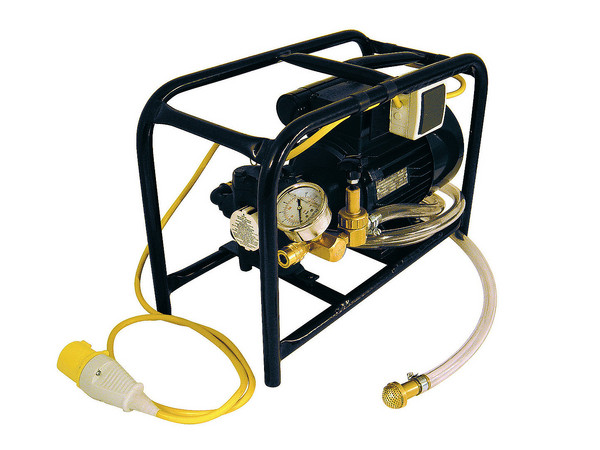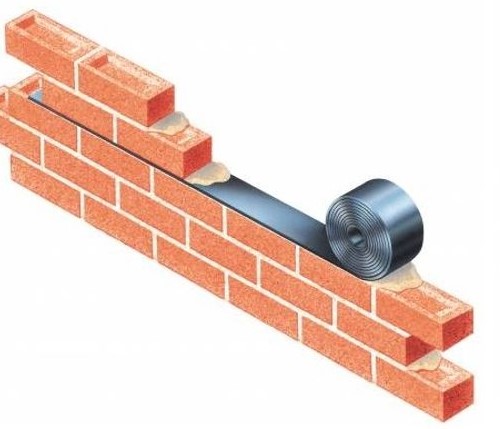Rising damp is caused by moisture evaporating from the ground and being drawn up through your brickwork and masonry through capillary action.
While it’s a common issue, not all properties experience it.
Rising damp is a serious problem, not only due to the consequences it can have on your property’s structural integrity but also because it violates regulations that require regular inspections.
Non-compliance could result in costly fines and legal disputes.
The negative effects of rising damp.
Rising damp can have an array of negative effects on your property, both structurally and aesthetically.
It may cause peeling, cracking and bubbling of paint or plasterwork, water-tide marks that indicate where the damp has risen along walls, as well as salt deposits (efflorescence) that leave unsightly marks on walls and floors.
Water damage can also result in rot attacks to timber structures and skirting boards, with visible fungi growth visible where long term damp has affected your home.
Mould can also put people at risk of respiratory problems, infections and allergies.
Mould is especially hazardous to children, babies and the elderly.
How to cure rising damp
Rising damp is a serious issue that requires the expertise of an expert to treat.
Once diagnosed and an action plan created, treatment will be successful.
Rising damp is caused when ground water seeps up through walls or floors due to capillary forces.
This naturally occurs, but is usually prevented by a barrier such as a damp-proof course or dampproof membrane, such as the image at the top of this page.
Newer properties typically feature a damp-proof course built into the wall at 15cm above ground level and an underfloor dampproof membrane, though older buildings may not have these or they could be worn or damaged.
Rising damp can be detected on walls by looking for horizontal discoloration and patches or stains that appear like tide marks.
Tide marks are most visible from the bottom up to one metre above ground level.
The only way to cure rising damp is to have a liquid DPC installed.
This consists of drilling holes in the lower part of the wall and injecting a waterproof liquid into the structure. This will then crystallise and form a moisture barrier.
This machine is used to create a damp proof course.

Please note that we do NOT offer damp proof injection as a standalone service, only in conjunction with a larger programme of works to your house.
The damp history explained
Rising damp is an often encountered issue in older houses. This condition causes moisture build-up within walls, leading to decay and discoloration.
Water-tide marks or efflorescence (a white salt deposit that appears unsightly on walls, ceilings and floors) are some of the most visible symptoms of rising damp.
Another tell-tale sign of moisture damage to walls is peeling wallpaper or paint on the walls.

This occurs due to increased levels of moisture within the walls, causing the wallpaper to pull away from walls and skirting boards.
It’s essential to detect rising damp early, before it has the opportunity to cause harm or damage your property or health.
Regular spot checks should be conducted in order to guarantee the problem does not worsen or develop further.
Rudimentary damp proof courses have been used in buildings as far back as the Roman occupation.

In fact Romans may have invented the damp proof course, such was their ingenuity in construction, far head of their time.
Often the damp course would be made from molten pitch or tar being poured onto the lower section of wall.
Later, slate was used, laid horizontally on top of the lower course of brick or stone. This method was still being used in Victorian houses.

Prevention is better than cure when it comes to damp.
Prevention is key when it comes to damp problems.
By keeping moisture out of walls, you can keep the problem at bay and save yourself costly repair expenses.
Avoid damp issues in your house by maintaining an even air temperature – this will prevent condensation from building up on walls and doors, thus decreasing the possibility of it becoming a damp issue.
Furthermore, make sure there’s plenty of ventilation in place; this helps to prevent mould and mildew from growing on walls, furniture or in loft spaces, although ventilation alone will in no way cure damp, but it will help mitigate the effects of dampness at home.
Rising damp is an issue that can affect any house constructed with porous materials such as brick, stone or wood. It may be caused by damage to a damp proof course (DPC) beneath the wall, water infiltration through cracked roof tiles or leaking window frames, or other causes.
It differs from penetrating damp, which is often caused by porous exterior walls.

Penetrating damp will appear further up the walls, even in the top floors of the house.
The way to cure all kinds of damp is via a weatherproof exterior wall coating which comes with a 20 year guarantee.
This has other benefits including lowering heating bills, and stopping condensation forming in the home.
If your home suffers from damp, we may be able to help.
Give us a call on 0800 970 4928, or complete the online application form.

